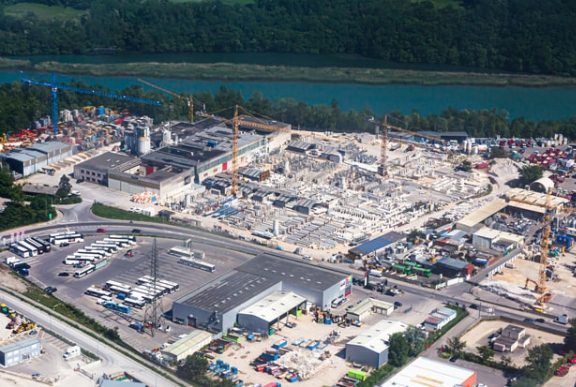-
Occupancy rates in the country was at 91.1% of the 1.6-million square meters of storage space in the first quarter
-
Logistics registered an occupancy rate of 100% in Central Luzon, 98.4% in Metro Manila and 84.2% in Southern Tagalog
-
Increased demand for goods has put pressure on all sections of the supply chain and warehousing space continues to be sought after
-
Global e-commerce sales increased 25% in 2020 to US$2.43 trillion
The Philippine logistics real estate market continued its strong performance in the first quarter, fanned by demand for more warehouse space amid rising e-commerce and growing demand for fast-moving consumer goods (FMCGs), according to a commercial property management and investment consultancy.
While vacancy rates in other sectors swelled, it was the opposite for the logistics sector, where the occupancy rate in the country was at 91.1% of the 1.6-million square meters (sqm) of storage space in the first quarter, according to data from JLL Philippines.
Logistics registered an occupancy rate of 100% in Central Luzon, 98.4% in Metro Manila and 84.2% in Southern Tagalog in the first three months of the year, according to a Philippine Star news report.
Based on JLL data, FMCG accounted for roughly a third of the take-up, while third-party logistics made up 28.6% of the existing storage space. As physical stores remain shut due to operational restrictions, logistics firms benefit from the consumer shift to door-to-door shopping.
Nearly 367,000 sqm will be added to the warehouse stock in Central Luzon and Southern Tagalog, and 208,400 sqm of them are scheduled to be completed within the year. More than a fourth of the upcoming supply is now reserved for leasing, JLL said.
Growth in logistics real estate demand is not just in the country alone but also evident around the globe, said JLL in a report on its website.
The uptick in warehouse demand is reflected globally as office and retail investors are increasingly buying warehouses near cities amid efforts to diversify portfolios, said JLL.
And the market for warehouses, hot property before the pandemic due to the e-commerce boom, isn’t showing signs of slowing down.
Industrial and logistics real estate made up 20% of global transaction volumes last year, up from 10% in 2010, according to JLL.
“Demand for logistics just isn’t letting up, either from investors or occupiers,” said Stuart Crow, CEO for Capital Markets in Asia Pacific at JLL.
Across Asia Pacific, JLL projects 94 million square feet of industrial space to be built in 2021, a 26% annual increase.
Underpinning the rise in investor interest is the shift to online retail. Global e-commerce sales increased 25% in 2020 to US$2.43 trillion, according to Statista. And in 2021 it is expected to rise another $286 billion.
“The past year’s increase in online spending—be that on grocery delivery or e-commerce—has clearly put the spotlight on logistics, specifically those within proximity to end consumers. Increased demand for goods has put pressure on all sections of the supply chain and warehousing space continues to be sought after—but [is] in short supply,” said JLL.
“COVID-19 took the demand for prime industrial and logistics real estate to a new level,” said Matthew Lee, senior director in JLL’s occupier solutions for industrial and logistics in Australia.
“The shift from physical to online retail and need for companies to hold onto more stock to mitigate supply chain blockages is bringing into focus an acute industrial land and warehouse shortage that is significantly affecting the operational models of occupiers,” Lee said.
In order to adjust, companies are having to think more strategically and long-term about their operations and locations.
“We’re at the point where companies will be forced to take what they can get because they need to fill contracts,” said Lee. “But for some groups, the specifics of their requirements will push them to consider pre-leases, which require significant lead time and potentially short-term lease extensions—all of which take time and money.”
Photo by Devon Rogers on Unsplash





